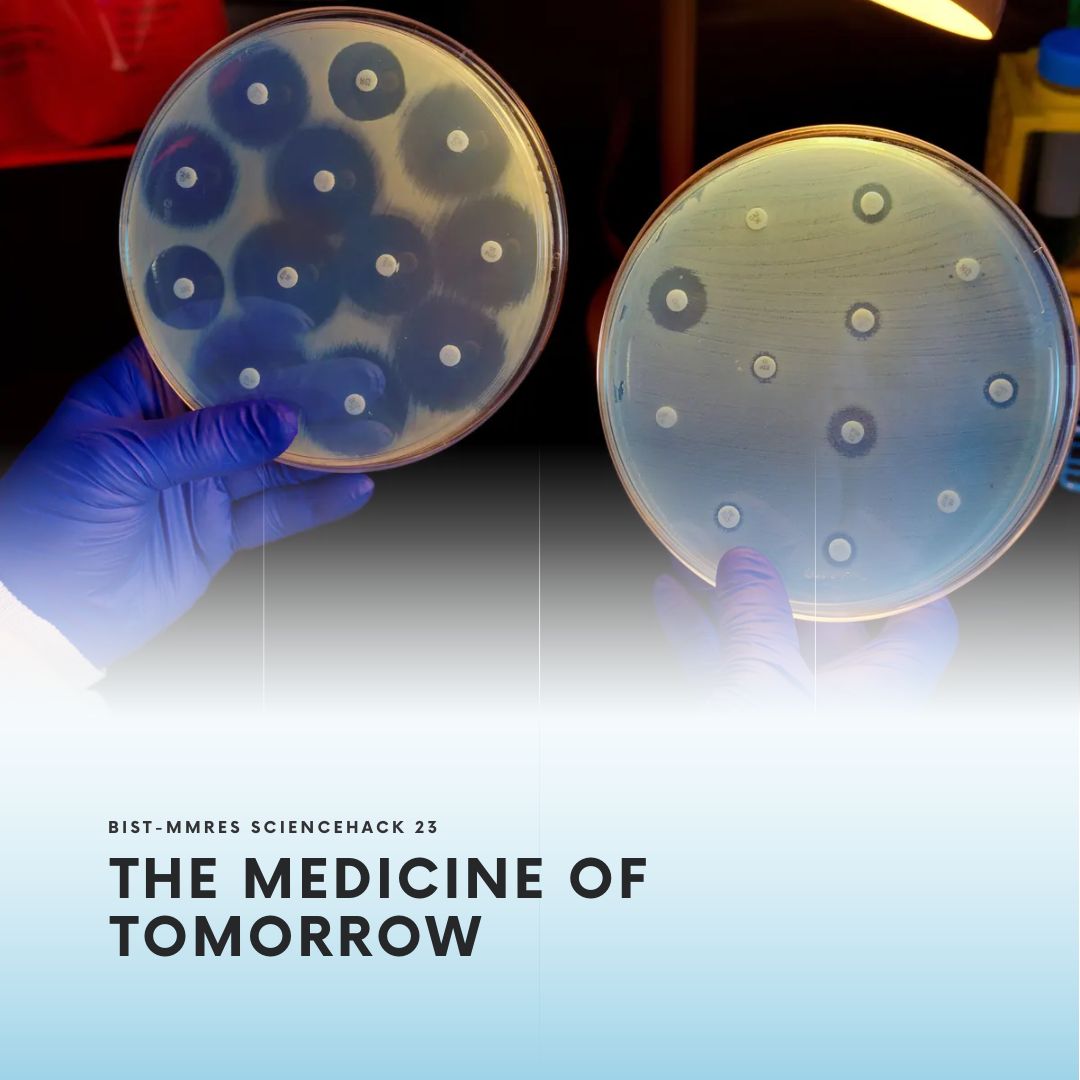
Since the discovery of penicillin in 1928, the use of antibiotics to treat several bacterial infections has grown exponentially. However, this has led to a growth in antibiotic resistance by the pathogenic bacteria, leaving us with no effective ways to fight those diseases.
The challenge will be to develop new treatment ideas or approaches to fight bacterial infections effectively.
Since the discovery of penicillin in 1928, the use of antibiotics to treat several bacterial infections has grown exponentially. However, this has led to a growth in antibiotic resistance by the pathogenic bacteria, leaving us with no effective ways to fight those diseases. Your challenge is to develop new treatment ideas or approaches to fight bacterial infections effectively.
Since the discovery of penicillin in 1928, the use of antibiotics to treat several bacterial infections has grown exponentially. Antibiotics have been widely used to treat bacterial infections such as pneumonia, strep throat, and urinary tract infections. However, the overuse and misuse of antibiotics have led to a growth in antibiotic resistance by the pathogenic bacteria. This phenomenon, known as antibiotic resistance, is the ability of bacteria to resist the effects of antibiotics. This means that the drugs that were once effective in treating these infections are no longer working. The World Health Organization (WHO) has declared antibiotic resistance as one of the most critical global health threats of our time.
The objective of this challenge is to develop new treatment ideas or approaches to fight bacterial infections effectively. This can be achieved by identifying new targets for drug development, investigating the use
of combination therapies, understanding the mechanisms of antibiotic resistance, and finding alternatives to traditional antibiotics.
Potential Considerations
As you develop your solution, you may (but are not required to) consider the following:
INTERESTING READING
28 Teams joined!